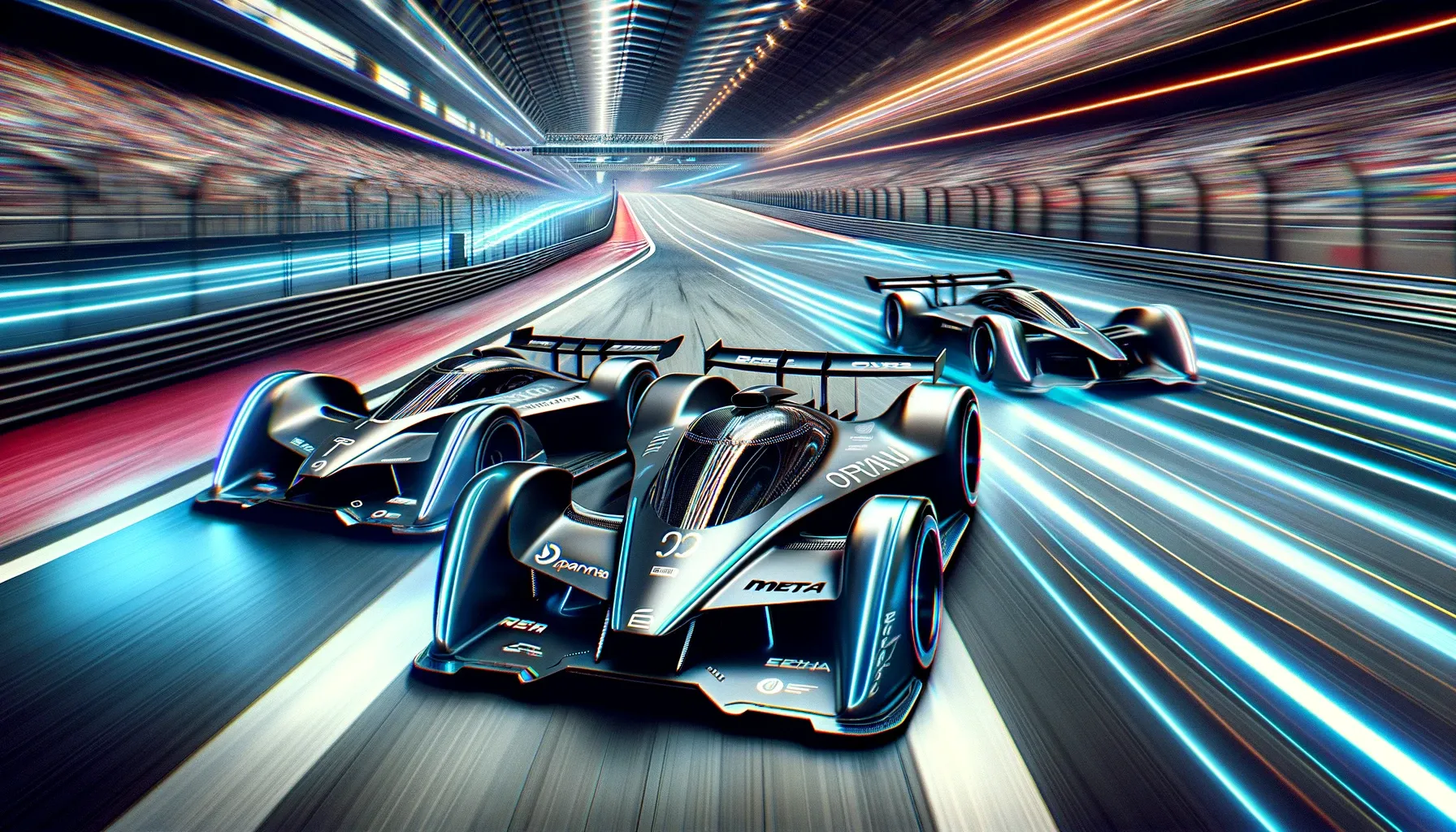The AI Arms Race: Anticipating the Next Moves from OpenAI and Meta

As Anthropic’s Claude 3 makes waves in the artificial intelligence industry, attention now turns to the upcoming releases from OpenAI and Meta. These tech giants are expected to respond with their own advanced language models (LLMs), pushing the boundaries of what AI can achieve and intensifying the competition in this rapidly evolving field.
OpenAI, the creator of the renowned GPT series, is rumored to be working on a successor to its impressive GPT-4 model. While details are scarce, experts anticipate that the next iteration will offer even more sophisticated natural language processing capabilities, allowing for more nuanced understanding and generation of human-like text. Additionally, OpenAI is likely to focus on enhancing the model’s ability to handle complex reasoning tasks and improve its performance in domain-specific applications, such as scientific research and financial analysis.
Meta, formerly known as Facebook, has also been making significant strides in the LLM space. The company’s recent partnership with Microsoft for the development of Llama 2 has positioned it as a serious contender in the open-source AI arena. With Llama 3 released this week, Meta has incorporated cutting-edge advancements in natural language processing and machine learning, potentially outperforming its predecessor in terms of versatility and customization options. The collaboration with Microsoft may also yield improvements in scalability and commercial viability, making Llama 3 a more attractive option for businesses and researchers alike.
In contrast, Anthropic’s Claude 3 models, particularly the high-end Claude 3 Opus, have already set a high bar for performance. Claiming to outperform GPT-4 and Gemini 1.0 Ultra on various benchmarks, Claude 3 Opus has been touted as the “Rolls-Royce of models” by Anthropic’s CEO. The suite’s multimodal capabilities, allowing it to process both text and images, give it a competitive edge in certain applications. However, Anthropic has chosen to focus on analyzing images rather than generating them, citing lower enterprise demand for the latter feature.
As OpenAI and Meta prepare to unveil their next-generation LLMs, they will likely aim to surpass Claude 3’s capabilities in several key areas. One potential avenue is the enhancement of multimodal processing, enabling their models to generate high-quality images alongside text. This could open up new possibilities for creative industries and marketing applications. Additionally, both companies may prioritize the development of more efficient and cost-effective models, as Claude 3 Opus comes with a higher price tag compared to its predecessor, GPT-4 Turbo.
Another crucial aspect to consider is the transparency and accessibility of these upcoming models. Anthropic’s commitment to offering Claude 3 through both cloud platforms and direct licensing in numerous countries sets a precedent for widespread adoption. OpenAI and Meta may follow suit, focusing on making their LLMs more readily available to developers and businesses worldwide. This could lead to increased collaboration and innovation across various industries, as more organizations capitalize on the potential of AI-powered solutions.
The AI arms race shows no signs of slowing down, with Anthropic, OpenAI, and Meta leading the charge. As these companies continue to push the limits of what LLMs can achieve, businesses and consumers alike can expect a wave of transformative applications that will reshape the way we interact with technology. However, with great power comes great responsibility, and the creators of these advanced AI models must also grapple with the ethical implications of their work, ensuring that the benefits of AI are distributed fairly and that potential risks are mitigated.
In the coming months, the world will eagerly await the next moves from OpenAI and Meta, as they attempt to outmaneuver Anthropic’s Claude 3 and redefine the state of the art in artificial intelligence. The competition between these tech giants will undoubtedly drive innovation and shape the future of AI, but it remains to be seen which company will emerge as the ultimate leader in this dynamic and constantly evolving field.